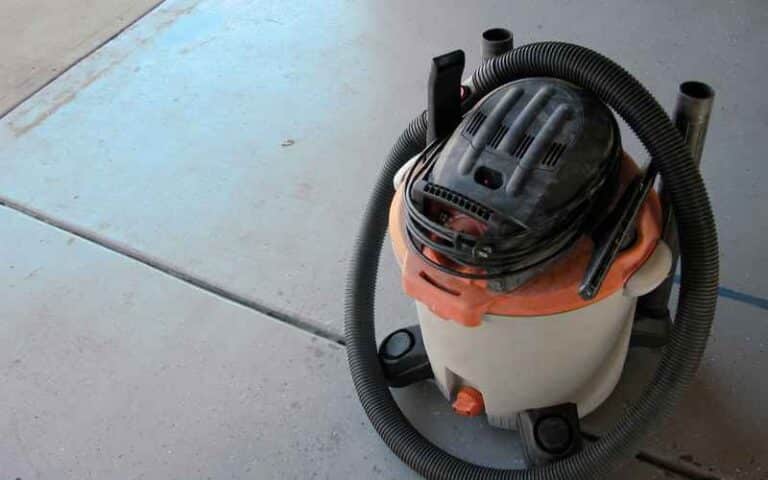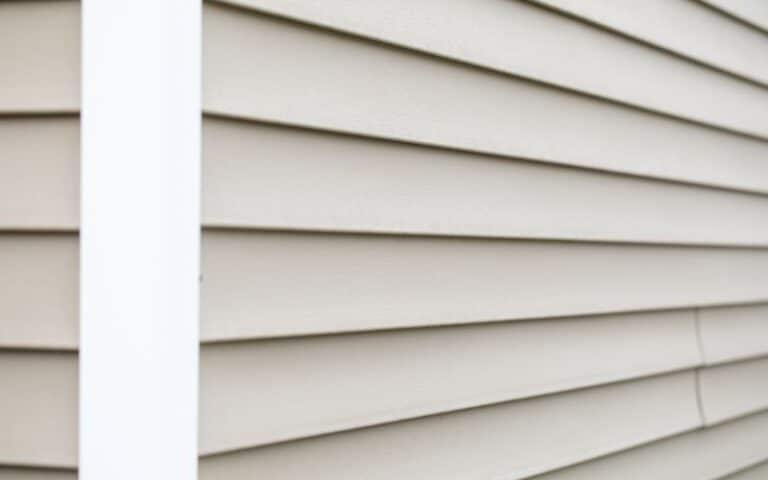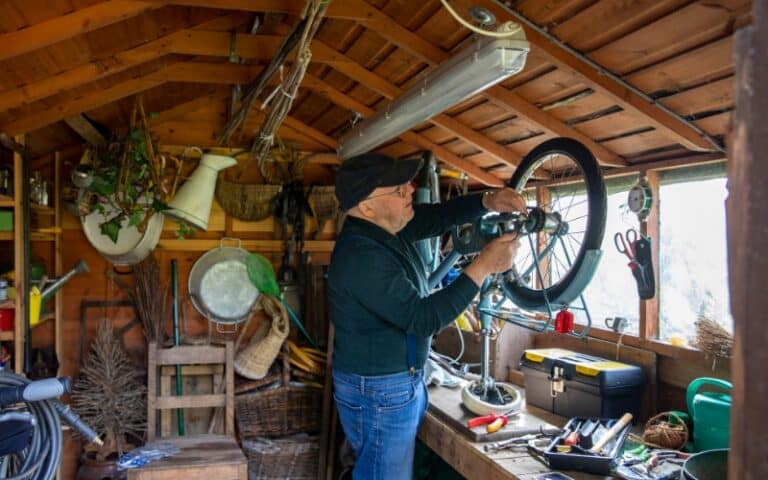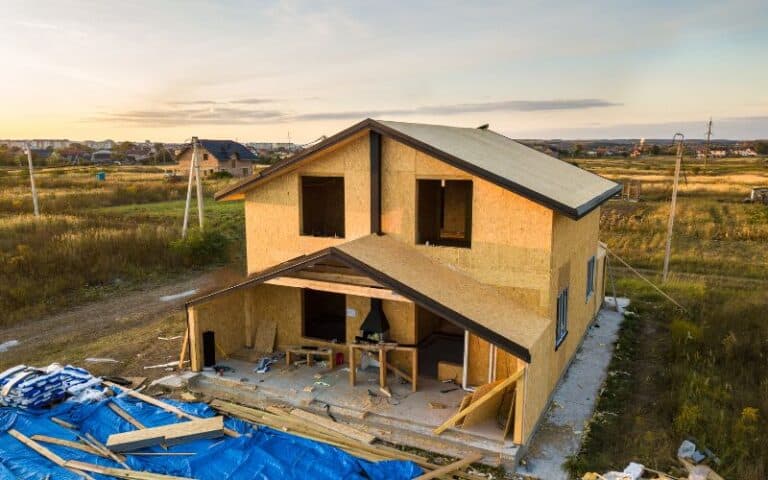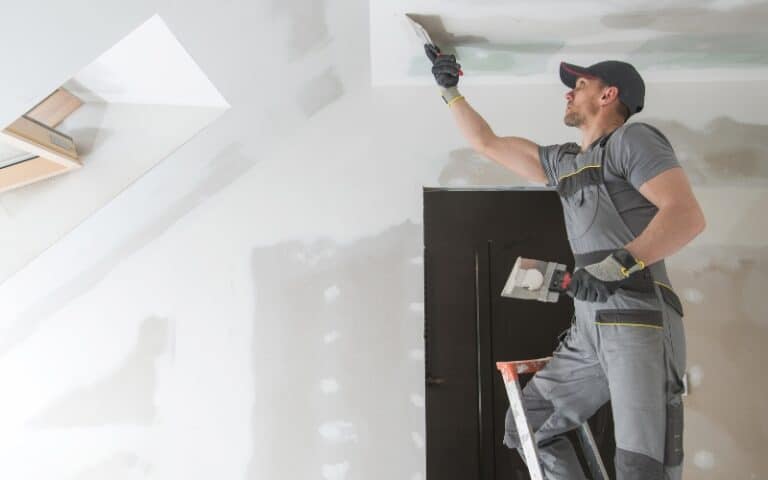Holes and cracks on surfaces are common in homes and commercial places. However, fixing these damages can be tricky.
Many brands market and sell products to take care of these damages, making it challenging to find the right products to use.
For example, Vinyl spackling is a standard product in the paint industry that can work on several surfaces. But can you use Vinyl Spackling on drywall?
Yes, you can use Vinyl spackling on drywall. It’s one of the best products for repairing holes and cracks in surfaces and can last for several years. It contains quality formulas, ready to use, easy to apply, and dries out quickly. In addition, they come in different types, which you can also paint on.
In this post, I’ll answer the question about whether you can use Vinyl spackling on drywall and if it’s the same as drywall mud.
In addition, you’ll know the other uses of Vinyl spackling. Finally, I’ll discuss other products you can use to fill drywall holes.
Ready for a Drywall Quiz?
Can Vinyl Spackling Be Used on Drywall?
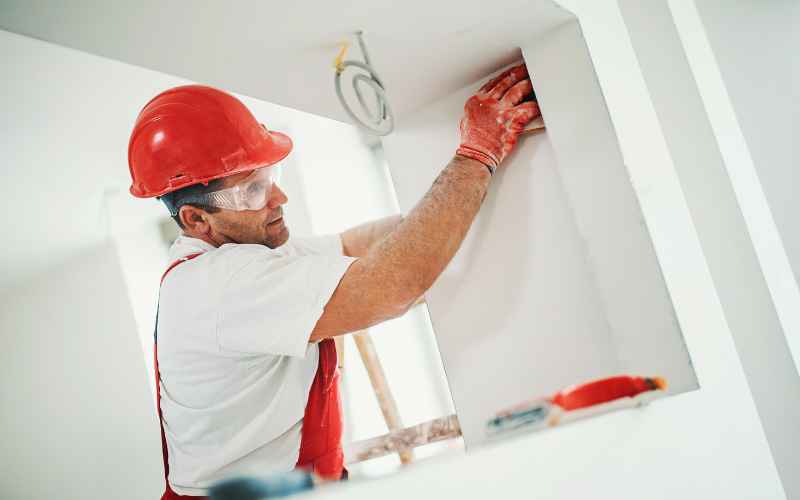
Yes, you can use Vinyl spackling on drywall. It’s an all-purpose formula that you can use on several surfaces to erase blemishes and make it new again.
This formula contains elastic polymers made up of gypsum paste and other binders.
Additionally, this compound is used as a paste and adheres to surfaces including wood, drywalls, plasters, and primed metals.
When incidents happen that create holes in our drywalls or through aging, we wouldn’t want to leave this dent on the surface.
For instance, pulling a picture from a wall creates a small hole in your wallboard.
So, the Vinyl spackling serves as a binder to close the hole. This adhesive is available in the premixed form, which you fill into the hole.
Therefore, to effectively use this formula on your drywall, you must use it correctly.
Here are the ways to use Vinyl spackling on drywall:
- Tools and materials you’ll need include:
- Putty knife or drywall knife (4-inch)
- Chisel
- Vinyl spackling(pre-mixed)
- Paper towels
- Fine-grit sandpaper
- Smoothen the area you’ll need to fill. Remove any puckering paper. Also, use your chisel to remove wood splinters.
- Stir your spackling with the putty knife until the mixture is uniform.
- Scoop the paste with the putty knife and place it on the surface. Apply force to put the paste into the hole or crack. If your hole runs deep, put in enough spackling.
- Smoothen the spackling until it’s the same height as the drywall surface.
- Use a paper towel to clean any paste near the site.
- Allow the Vinyl spackling to dry. It turns from gray to white when it’s dried.
- Use your fine-grit sandpaper to sand the surface before painting.
Furthermore, note that you should keep your Vinyl spackling closed as it quickly dries if air enters.
In addition, you should use Vinyl spackling for holes ¾ inches deep or less, particularly nails and screw walls or small dents.
Also, Vinyl spackling will dry within one to five hours, depending on the damage depth, temperature, and humidity.
Is Vinyl Spackling the Same as Drywall Mud?
No, Vinyl spackling isn’t the same as drywall mud. Drywall mud is also known as a joint compound. It performs a similar function as Vinyl spackling.
Also, it contains gypsum, the same compound in Vinyl spackling. However, its job specification is different.
In addition, you can substitute joint compound for Vinyl spackle, but you can’t use spackle in place for joint compound.
Both compounds share some similarities, and it may be challenging to differentiate them on the surface.
Below, I’ll compare and contrast Vinyl spackling and drywall mud.
Here are the similarities between Vinyl spackling and drywall mud:
- They’re used to repair damage to walls.
- They both contain gypsum.
- They’re both available in lightweight formulas.
- They’re both available in premixed and powder form
- They can both take care of minor repairs.
- They can be sanded and painted.
- With exposure to air, they can dry quickly.
- Inhaling gypsum dust can cause itching in the throat, coughing, and respiratory problems.
Here is a table showing the differences between Vinyl spackling and drywall mud.
| Vinyl Spackling | Drywall Mud |
|---|---|
| Mostly comes premixed | You’ve to mix the majority yourself |
| They’re excellent for minor repairs | They’re suitable for extensive repairs |
| It dries quickly | It takes time, depending on the temperature |
| It’s more expensive | It’s cheaper |
| It’s thicker and not easily spreadable | It’s easy to spread over larger surfaces |
| It doesn’t shrink easily | It shrinks well |
| It’s primarily for small holes and cracks in walls | You can use it in drywall installation |
Is Drywall Mud the Best Option for Repairing Wood? (Explained)
When it comes to repairing wood, drywall mud and 2×4 wood compatibility is a crucial consideration. While drywall mud is commonly used for repairing drywall, it is not the best option for fixing wood. Wood requires specific adhesive or filler products designed for its unique characteristics. Applying drywall mud on wood can result in poor adhesion, cracking, and a subpar finish. It is important to choose the right materials for each specific repair job to ensure optimal results and lasting durability.
What is Vinyl Spackling Used For?
Vinyl spackling is used to make repairs on surfaces. Applying the paste will smoothen dents, cracks, and holes on many surfaces.
Generally, Vinyl spackling is suitable for minor wall repairs, particularly from nails or screws. However, there are other industrial uses for this adhesive.
Below I’ll explain the applications for Vinyl spackle:
#1. They’re Used to Repair Holes and Cracks on Surfaces
The primary use for Vinyl spackling is to fill holes and cracks on surfaces. It’s an excellent do-it-yourself product for residents to fix damages on their walls or other surfaces.
However, this compound is only for some surfaces—for instance, drywalls, plastic surfaces, wood coverings, and prime metal.
Vinyl spackling can take care of the damage when there’s a small dent on your wall or floor instead of changing the entire covering.
#2. You Can Use It with Paint to Create Rough Surfaces
More commonly, we use Vinyl spackling to fix surface damage.
However, you can use this spackle with your paint to create a rough finish on your walls or dresser table.
After painting your surface, you can smear the colors of spackling you want or apply brush strokes to create a rough finish.
Next, allow it to dry for hours before finally sanding the surface with sandpaper.
#3. To Create Design
You can use Vinyl spackling to create designs on walls or canvas like every other spackling.
Here is how you can do it:
- On a canvas, apply enough spackling to cover the area.
- Then, use a tool to draw any design you want before it dries out.
- Finally, paint with your desired color after it dries.
- You can also use a stencil mold on a wall or surface.
- Place the mold on the surface and apply your spackling.
- Next, remove your mold and paint after it dries.
What is the Best Product to Fill Holes in Drywalls?
Spackling and drywall muds are the best products to fix holes in drywalls.
Spackling and joint compounds come in different types. However, each can effectively fill small and large holes in drywalls.
Vinyl spackling is very common and is effective for small holes in drywalls.
Below, I’ll discuss other good products to fill holes in drywalls:
#1. Lightweight Spackling
Lightweight spackling is a spackling for small holes in drywall. It contains Sodium Silicate and an adhesive. Also, It dries faster and shrinks less.
This spackling is suitable for holes that are ¼ inches deep and less than an inch wide.
However, it crumbles, breaks easily, and doesn’t sand well; that’s why it’s best suited for tiny holes.
#2. All-Purpose or Standard Spackling
Standard spackling is also great for filling holes in drywalls.
It’s also a gypsum-based product for larger holes and cracks in drywalls. It’s resistant to crumbling and can sand well for painting.
#3. Acrylic Spackling
Acrylic spackling is also great for large holes in drywalls and other surfaces. It’s similar to Vinyl spackling and has minimal shrinkage.
#4. Joint Compound
The joint compound is also known as drywall mud and is an excellent filler for more giant holes in drywalls.
It dries slowly, making it best suitable for more extensive repairs.
There are different types of joint compounds. For example, the All-purpose, Taping, and Quick-setting compounds are excellent for filling drywall holes.


